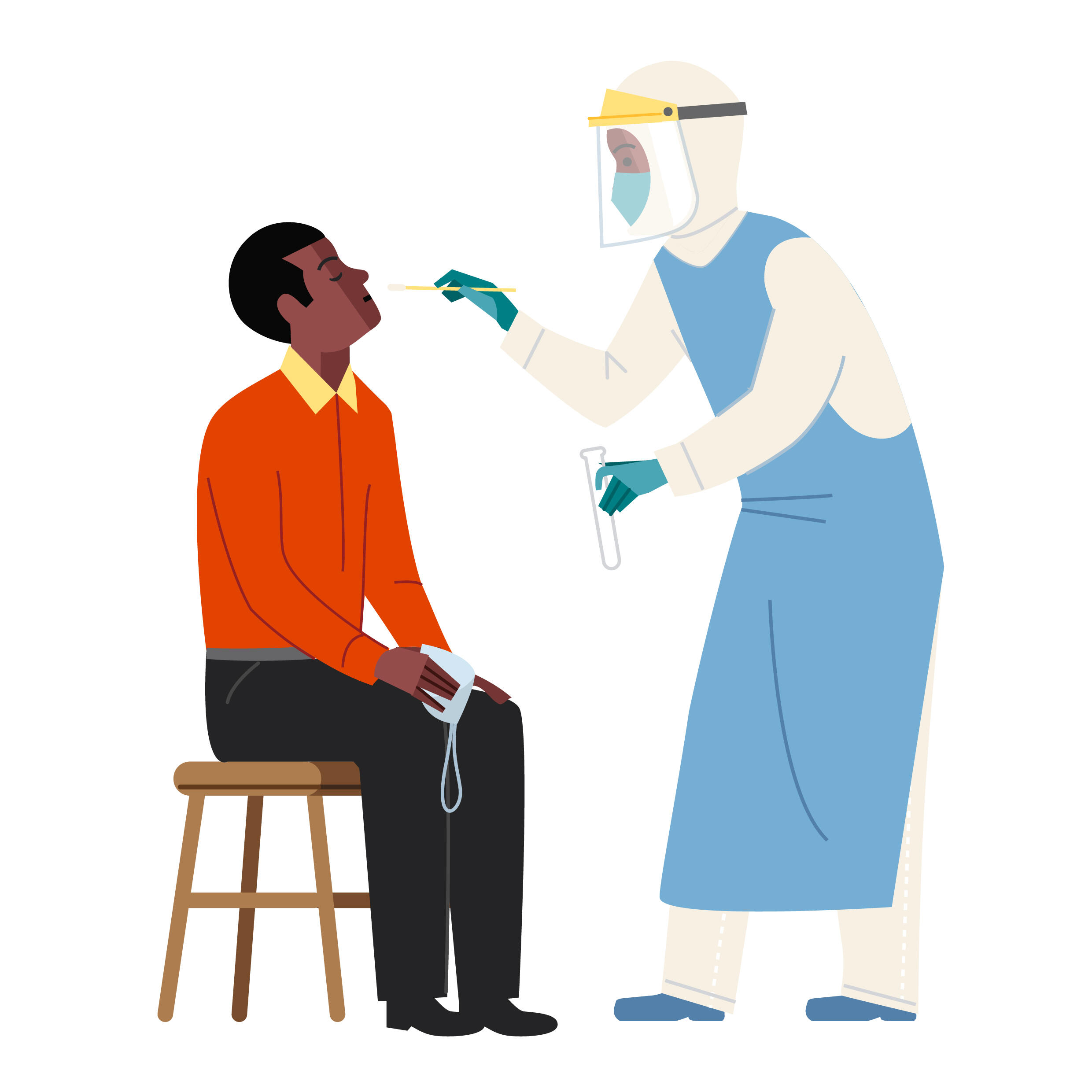
Researchers at Liverpool School of Tropical Medicine (LSTM) have been investigating alternative samples for the diagnosis of COVID-19 which would avoid invasive respiratory swabbing, the current method used. The team found that saliva is as sensitive and, in some cases, superior than the current method of taking nose and throat swabs from a potentially infected patient.
In a recently published, peer review awaiting, pre-print, the team, led by LSTM's senior lecturer Dr Emily Adams, has shown saliva’s sensitivity in a study of 145 paired clinical samples.
Dr Adams said: “Easy to collect samples, such as saliva, have numerous benefits as we continue towards the first global peak of the COVID-19 pandemic. In the UK this will improve compliance to surveillance programmes due to the ease at which the samples can be collected painlessly, as well as support the government’s push towards at-home sampling. In resource limited settings testing the saliva, directly, can reduce the burden of global shortages of swabs and transport media which are already impacting testing capabilities.”
Reverse transcription quantitative polymerase chain reaction (RT-qPCR) assays are the reference standard for virologic confirmation of the causative agent of COVID-19. Testing is usually conducted in nose and throat swabs, although viral shedding can be intermittent and multiple swabs are needed to avoid false negative results.
First author on the paper, PhD candidate Rachel Byrne said: “Collection of swab samples is also difficult and uncomfortable, and can cause coughing and sneezing, which obviously poses a risk to those taking the samples. We have shown that saliva is a non-invasive, sensitive, easily-self collected alternative to healthcare worker acquired respiratory swabs for the diagnosis of COVID-19. In addition, we are the first laboratory to use cultured virus to show the analytical sensitivity of saliva that is 100 folds higher than swabs.”
You can read the pre-print in full here.